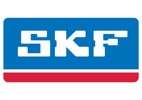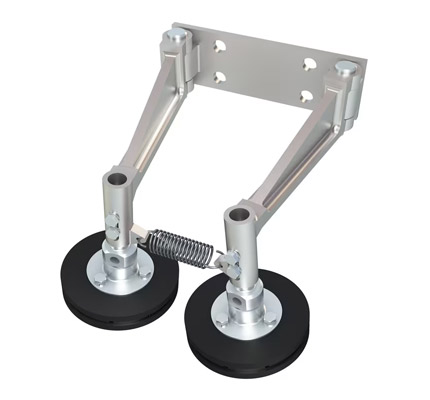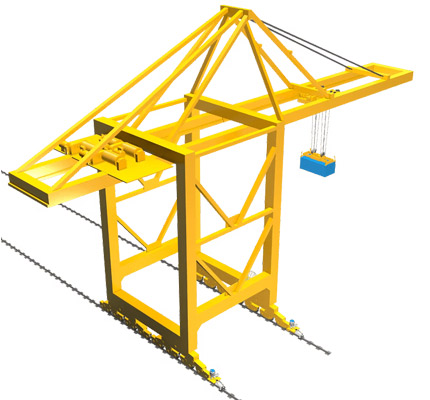Crane Rail Lubricator CRL-101
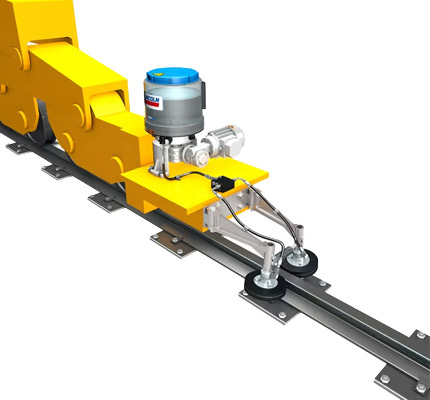
Crane Rail Lubricator CRL-101
Wheel flange lubrication for slow-moving rail-type cranes
The Crane Rail Lubricator CRL-101 uses two lubrication rollers for the left and right flank of the crane rail to apply lubricant evenly. The lubrication rollers run parallel to the crane wheels.
A multi-line lubrication system with a P 205 pump and a downstream progressive metering device type SSV6-K supplies the lubricant to the rollers.
The automatic lubrication system is economical as the lubricant consumption is minimized, but also the environmental impact is reduced. The automated lubrication is practically wear-free because the running lubrication rollers hardly wear down – contrary to wheel flange systems that use a brush-type application.
Features & benefits
- Reduces maintenance, improves safety and cuts overall lubricant cost
- Reduces noise (important in harbours located close to populated areas
- Robust design withstands harsh operating conditions
- Designed for all types of greases, including biodegradable lubricants
Applications
- Slow moving rail type cranes with a rail profile according to DIN 536 Part 1 (size A 45 to A 120)
- Harbour cranes and special container handling systems
- Overhead and gantry cranes
Port operators deal with many of the factors impacting their business. In addition to environmental realities – salt, moisture and contaminants – these include increased demand on port capacity, resulting in a higher number of moves and added strain on equipment. Regular lubrication of rails drastically increases the life expectancy of the wheels and reduces the wear on the rail itself. This lowers repair costs and, more importantly, reduces costly downtime.
Wear is particularly high on rails and crane sides that do not run exactly parallel. This problem occurs especially when the distance between the rails is very large.
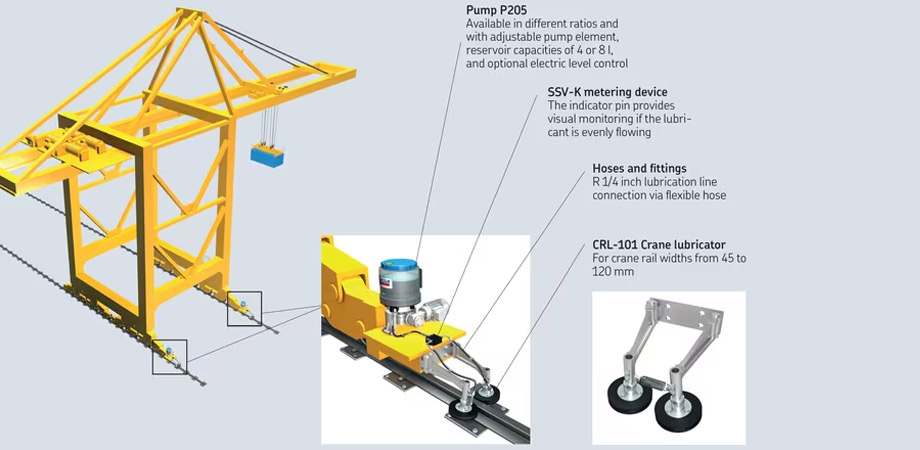

Catalogues/Downloads
- SKF Progressive automatic lubrication systems
- SKF Reduces rail wear and lubricant consumption
- SKF Maintenance and Lubrication Products
- SKF Single-line automatic lubrication systems
- SKF Dual-line automatic lubrication system
- SKF Multi-line automatic lubrication systems
- SKF Progressive automatic lubrication systems
- SKF Automatic oil circulation lubrication systems
- SKF Fittings and accessories for lubrication systems

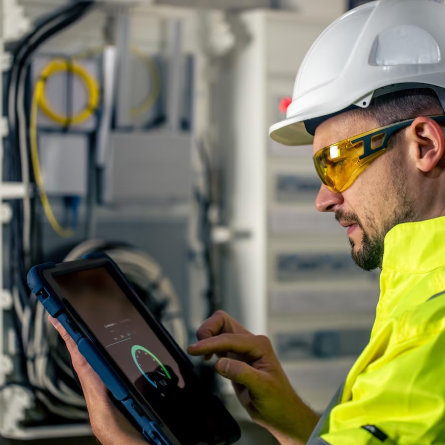
Related products


Related products

Εxplore our wide range of products
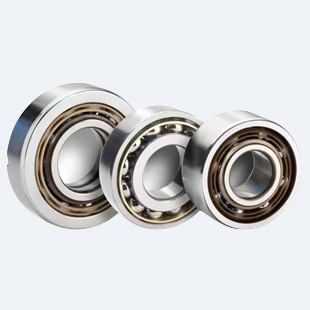
Rolling Bearings
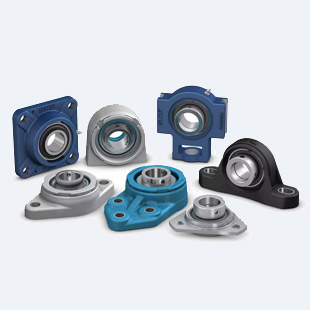
Mounted bearings and housings
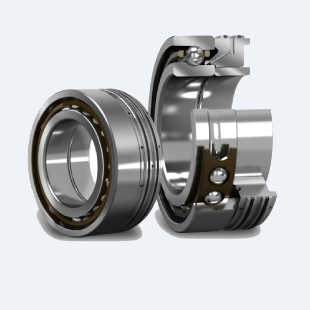
Super-precision bearings
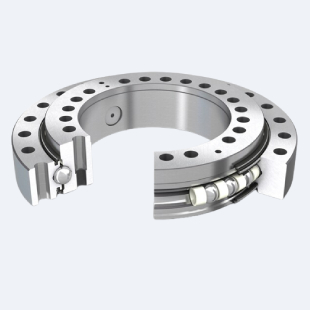
Slewing bearings
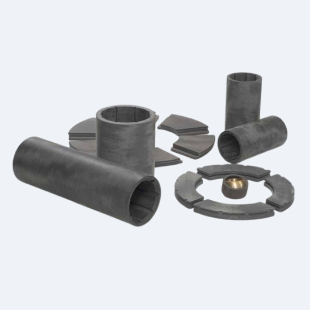
Marine Bearings – ORKOT
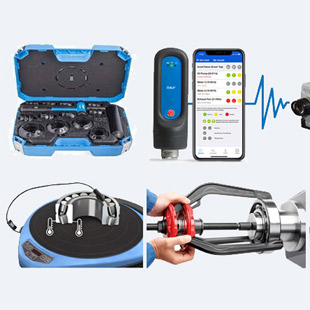
Maintenance products

Linear technology
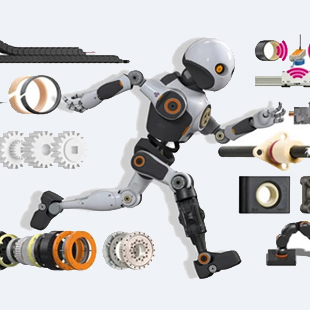
Motion Plastics – IGUS
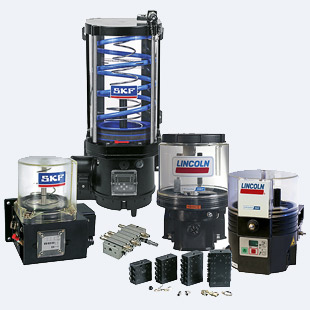
Lubrication systems & Pump systems
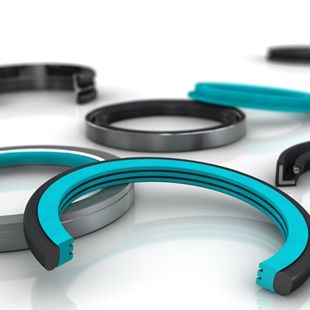
Sealing solutions
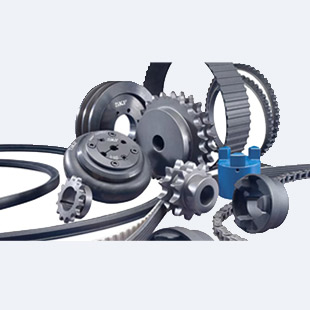
Power transmission solutions
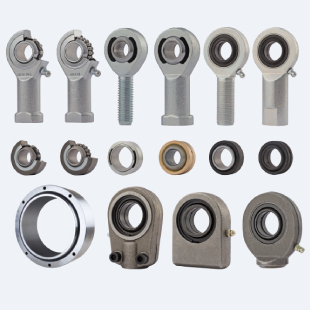
Rod ends, spherical plain bearings
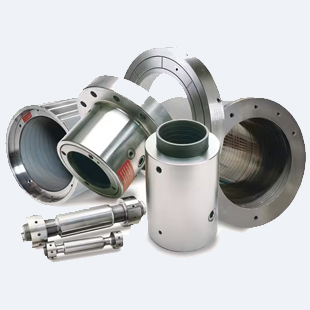
Couplings
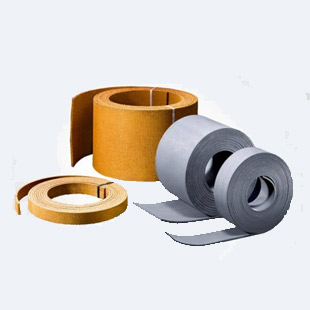
Brake linings
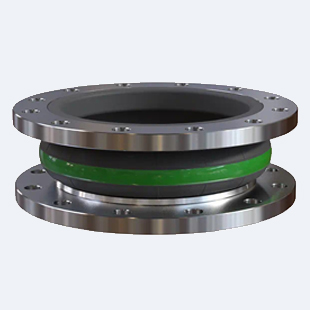
Expansion joints
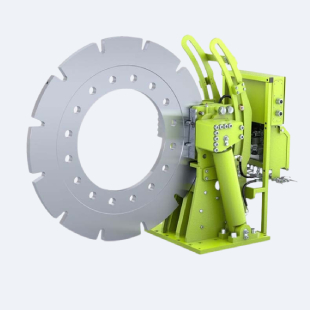
Shaft braking systems
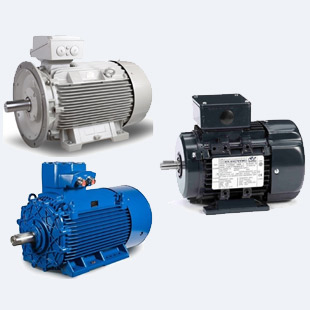
Motors
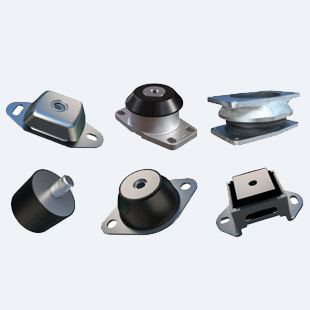
Antivibration mountings
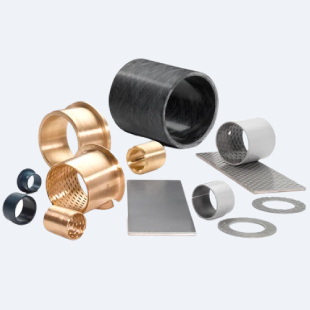
Bushings, thrust washers and strips

